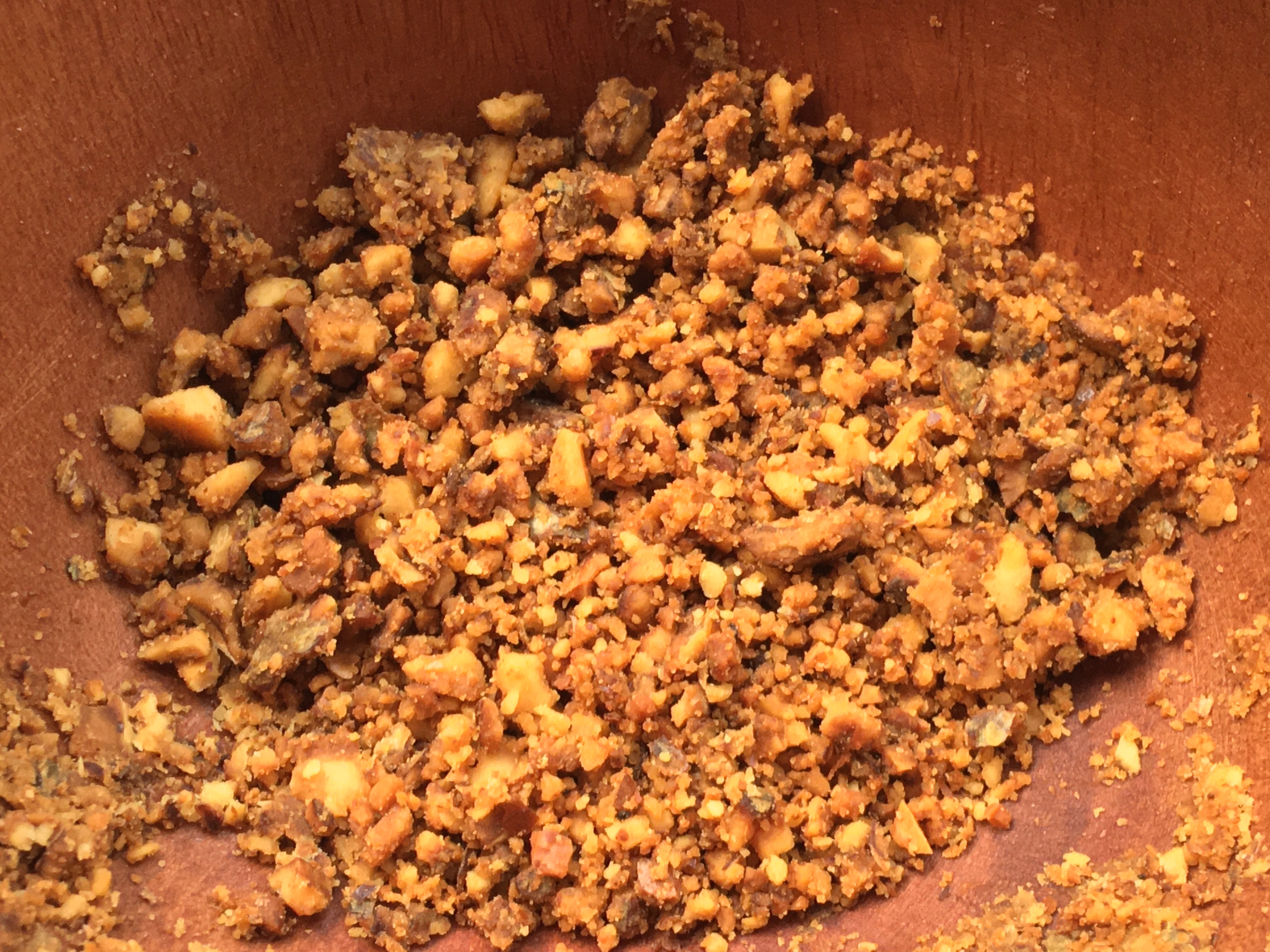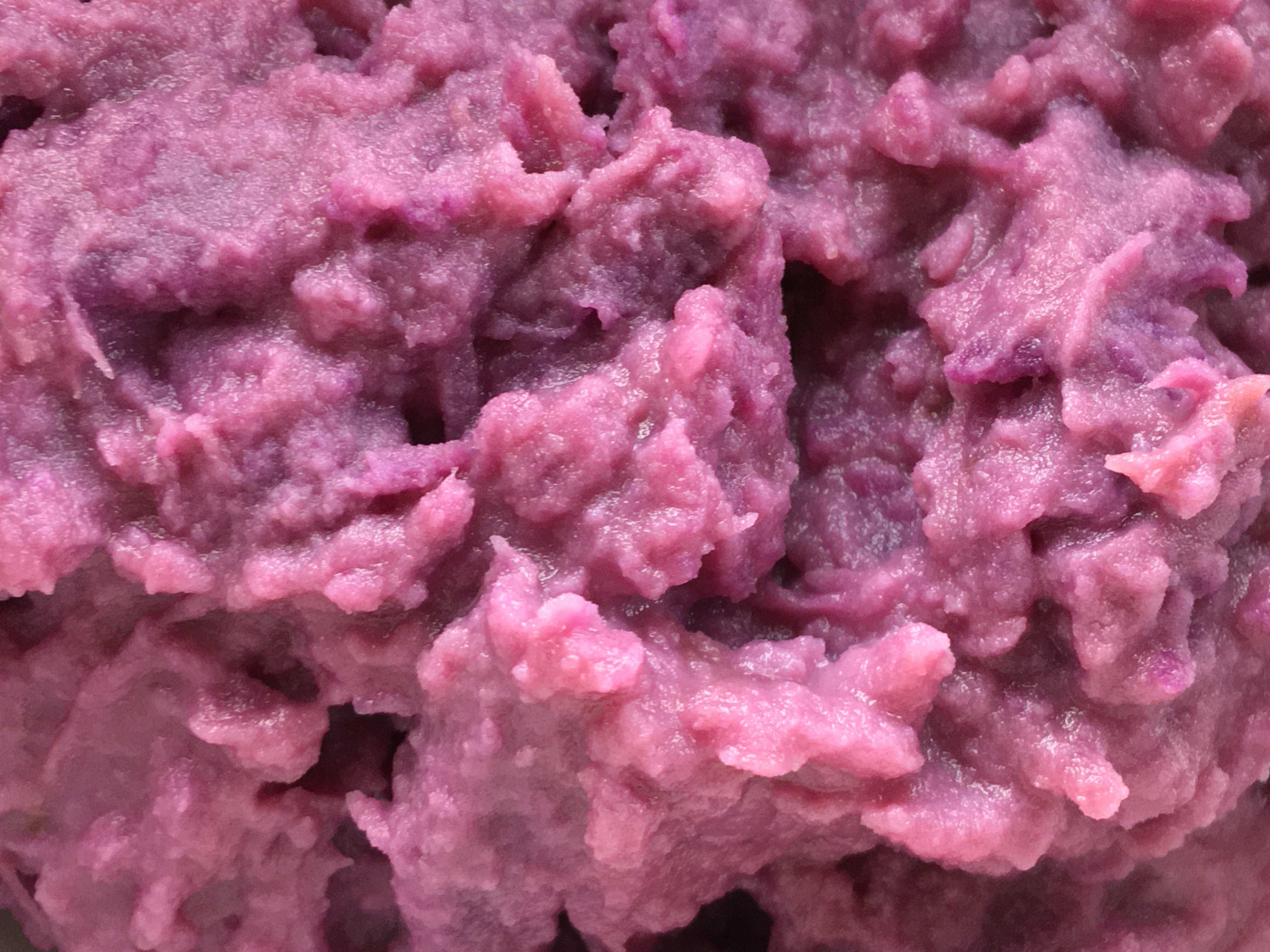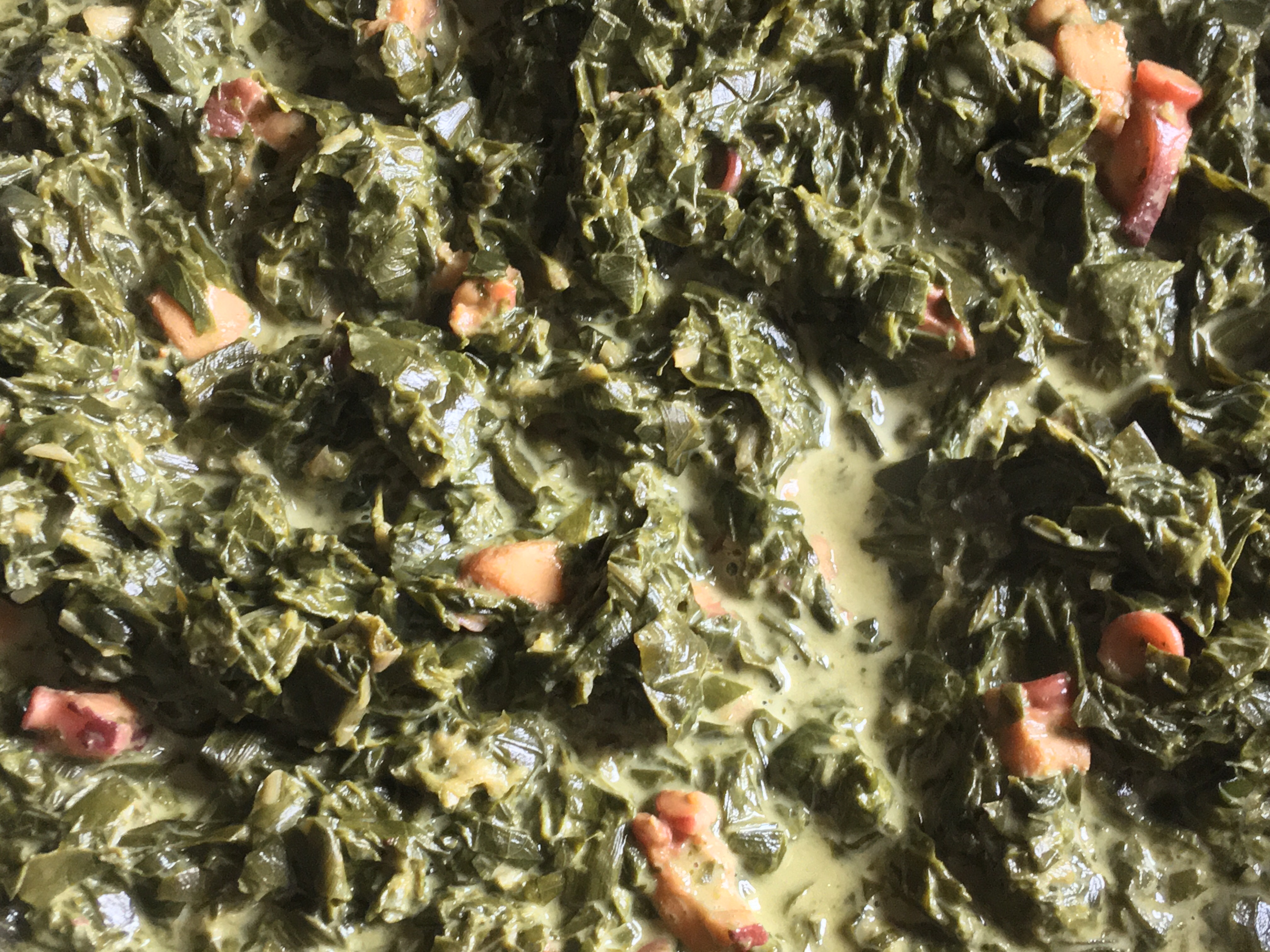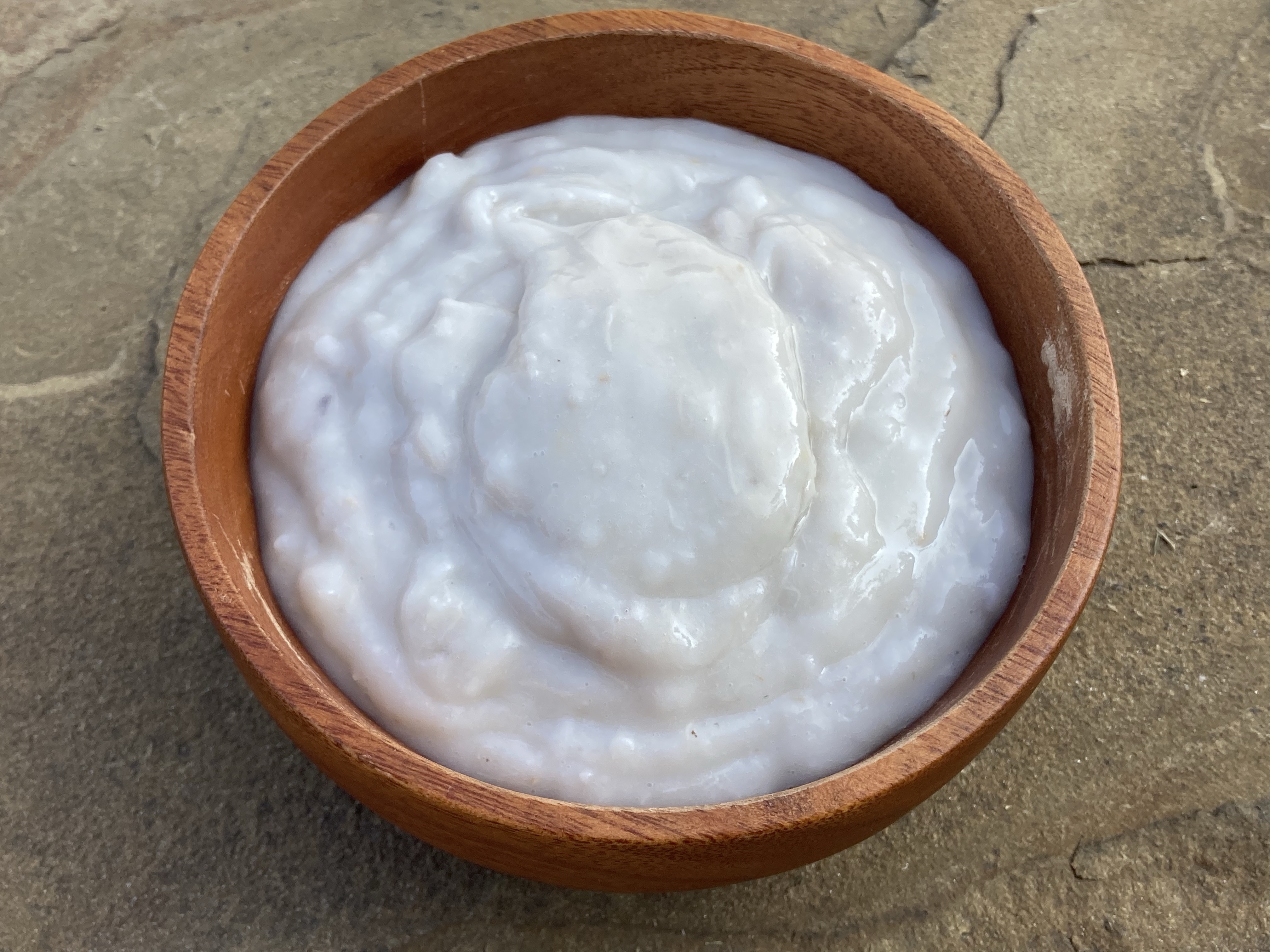Hawaiian Cuisine
Hawaiian cuisine is the traditional cuisine of the Hawaiian islands. Hawaiian cuisine has Austronesian roots and is related to other pacific island cuisines.
Austronesian people had settled in the Hawaiian islands by about 1200AD and may have arrived centuries earlier. Oral accounts tell of Samoans named Pa’au and Pili arriving in Hawaii from Tahiti. Pa’au supposedly introduced heiau with human and animal sacrifices, established the Hawaiian social order, and introduced the veneration of skipjack tuna(aku). Pili became first of a long line of Hawaiian chiefs.
The early Hawaiian settlers brought various useful ‘canoe plants’ with them to their new home: breadfruit(‘ulu), taro(kalo), elephant ear(‘ape), candlenut(kukui), ti(ki), sugar cane(ko), banana(mai’a), yam(uhi), sweet potato(‘uala), polynesian arrowroot(pia), turmeric(‘olena), kava(‘awa), noni, bottle gourd(ipu). Though not edible, bottle gourd(ipu) has been used to store water, food, and various goods. It is also made into percussion instruments.
The traditional Hawaiian diet consisted largely of poi, fish, and seaweed.
feast(‘aha’aina), also known as lu’au
meal(pa’ina)
For special occasions such as lu’au, a celebration feast, Hawaiians traditionally cook kalua style, in an earth oven(imu). Kalua cooking combines roasting and steaming by using heated rocks in a pit and food wrapped in leaves. Ingredients such as pork, taro, yam, and sweet potato are roasted for a long time in the trapped heat underground.
Ingredients
Sea salt(pa’akai) is common to Hawaiian cuisine. Sea salt mixed with certain volcanic minerals makes a reddish colored salt called alaea salt(pa’akai ‘alaea).
Vegetable fern(ho’i’o) can be foraged and made into salad. There is also a local variety of tree fern(hāpuʻu ʻiʻi), mainly used only in times of famine. Mamaki is a local medicinal herb related to nettle.
Leaves of the ti plant(ki) are used for wrapping, and other parts of the plant can be eaten or used medicinally and ceremonially. The leaves are called la’i. Turmeric(‘olena) leaves are also used for wrapping, and the roots can be used for flavor and dye.
Pandanus(hala) fruit is edible but rarely eaten. Pandanus leaves are useful for weaving.
Candlenut(kukui) is traditionally roasted and crushed then typically added to poke. Candlenuts can also be strung onto a lei.
Taro(kalo) is a useful food plant and one of the most important crops of Hawaii historically. Growing taro was the main agricultural activity of ancient Hawaii. The root-like corm is often roasted in an earth oven. Taro leaf(lu’au) also features significantly in Hawaiian cuisine, often cooked with coconut cream.
Mature coconut(niu) is typically grated and squeezed for coconut cream(wai niu).
Breadfruit(‘ulu) is a common fruit that can be roasted. Ripe breadfruit(‘ulu pala) may be mashed in sweet dishes like piele ‘ulu.
Sweet potato(‘uala), and yam(uhi) can also be roasted in an earth oven.
Polynesian arrowroot(pia), typically powdered, gives a gelatinous texture to foods.
Kava(‘awa) and noni are appreciated for their medicinal properties, usually made into drinks.
Sugarcane(ko) was introduced to Hawaii anciently. Banana(mai’a) was also introduced, appreciated for its edible fruit and useful leaves.
Many varieties of seaweed and algae(limu) from the waters around the Hawaiian islands make their way into Hawaiian cuisine, generally as condiments. Limu kohu is a favorite variety. Limu manauea is a popular variety also known as ogo; it can be used interchangeably with the closely-related Japanese ogo. Other varieties include limu ‘ele‘ele and limu wawae’iole. Dozens of varieties were used historically.
limpet(‘opihi), octopus(he’e or tako)
eel(puhi)
Fish(i’a) is really important in Hawaiian cuisine. Yellowfin tuna(ahi) and especially skipjack tuna(aku) were very common traditionally, used for poke and other dishes. Dolphinfish or mahi mahi and wahoo(ono) are also important. Moonfish or opah is an unusual, very large fish sometimes eaten.
Female parrotfish(uhu) are good for eating, while the colorful male is not usually eaten. Other fish enjoyed in Hawaiian cuisine are goatfish(kumu); escolar(walu), locally called butterfish; and pink snapper(opakapaka). A variety of milkfish(awa) and the similar, more elongated Hawaiian ladyfish(awa ‘aua) are cooked as well.
chicken(moa)
Pork(pua’a) is perhaps the most important meat for celebrations and special occasions, enjoyed at luaus and gatherings.
Dishes
- poi: porridge of fermented taro
- ‘inamona: candlenut condiment, sometimes with seaweed added
- limu salad
- poke: raw fish or other seafood seasoned with ingredients such as salt, seaweed, and inamona
- lu’au: creamy taro leaf cooked in coconut milk, often with octopus or other meat added
- laulau: butterfish and meat or other filling with taro leaf and coconut cream wrapped in ti leaf and roasted
- lawalu: fish or meat wrapped in ti leaf and roasted over coals
- cooked taro(kalo pa’a), breadfruit, sweet potato, and yam
- kalua: seasoned pork or other ingredient slow cooked in an earth oven
- ko’ele palau: sweet mixture of sweet potato and coconut cream
- kulolo: sweet grated taro and coconut cake
- piele: sweet mashed ripe breadfruit or other ingredient with coconut cream
- haupia: sweet coconut jelly cake made of coconut cream and pia
Related Links
Recipes
-

‘Inamona
Crushed roasted candlenut(kukui) is called ‘inamona in Hawaiian. Sometimes sea salt(pa’akai) is added. ‘Inamona is used as a garnish for […]
-

Ko’elepalau
Ko’elepalau or ko’ele palau is a sweet Hawaiian dish of mashed sweet potato and coconut cream. The origin of the […]
-

Lawalu
Lawalu is a traditional Hawaiian dish of fish grilled in ti leaf(ki). Coconut cream may be added. Lawalu indicates any […]
-

Octopus Lu’au
Sometimes called squid luau even though it isn’t actually made with squid, octopus luau(lu’au he’e) is one of the most […]
-

Poi
Poi is a unique Hawaiian staple food made from taro. Poi is made by mashing taro corms until they become […]
-

Traditional Poke
Poke is a Hawaiian dish of raw fish or other seafood, traditionally garnished with sea salt(pa’akai), algae or seaweed(limu), and […]